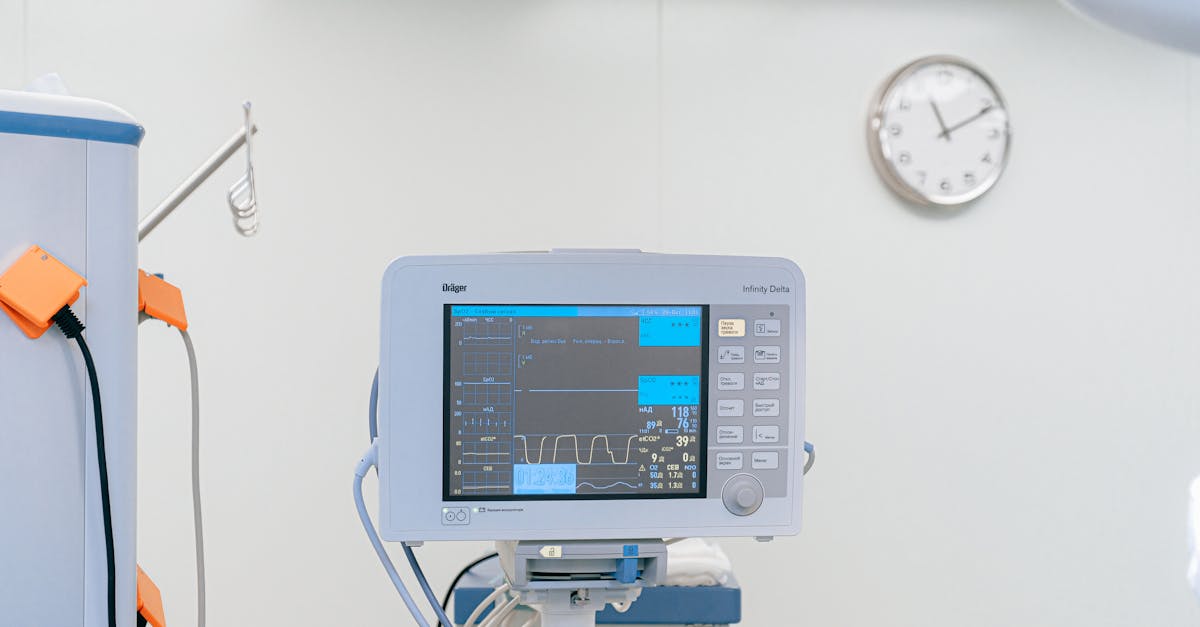Published on:
7 min read
Game-Changing Emergency Medical Devices Transforming First Response
In a world where every second counts, innovative emergency medical devices are revolutionizing first response. These breakthroughs enhance patient outcomes, empower responders, and change how emergencies are managed.

Automated External Defibrillators (AEDs): Saving Lives Instantly
Automated External Defibrillators (AEDs) have become an essential tool in emergency medicine, providing a vital response to cardiac arrest. These portable devices are designed to be used by laypersons, enabling even non-medical professionals to administer life-saving shocks when someone’s heart has stopped beating effectively. Their user-friendly interface and voice prompts guide users through the process, ensuring quick and accurate intervention. With the rise of AEDs in public spaces, such as malls, airports, and schools, communities now have greater access to this life-saving technology. Studies have shown that immediate defibrillation can dramatically increase survival rates, making these devices game-changers in first response scenarios.
Telemedicine in Emergency Response: Care Without Boundaries
Telemedicine is redefining emergency response by allowing healthcare professionals to provide critical guidance remotely. In situations where time is of the essence, telemedicine enables first responders to consult with specialists in real-time, ensuring that patients receive appropriate care without delay. For instance, paramedics can connect with physicians to assess injuries or understand complex medical histories, making informed decisions on-site. As the technology becomes more prevalent, it bridges geographical gaps and expands access to emergency care, particularly in underserved areas. The integration of telemedicine into first response protocols not only enhances patient outcomes but also optimizes resources, making emergency services more efficient and effective.
Wearable Health Tech: The Future of First Aid
The rise of wearable health technology is transforming first response in unparalleled ways. Devices like smartwatches or dedicated health monitors can track vital signs and alert both users and medical professionals in emergencies. For instance, wearables equipped with heart rate monitors can detect irregularities or falls and instantly notify emergency contacts or services. Additionally, these devices can store medical information, including allergies or pre-existing conditions, providing crucial data to responders before they even arrive on scene. This technology enhances situational awareness, empowers individuals to take charge of their health, and facilitates faster, more accurate interventions. As these devices continue to evolve, their impact on emergency medical services is set to grow significantly.
Conclusion: Embracing the Future of Emergency Medical Care
The advancements in emergency medical devices signify a crucial step forward in how first response is managed. From AEDs to telemedicine and wearables, these innovations not only save lives but also reshape the dynamics of emergency care. As technology continues to evolve, embracing these game-changing devices will ultimately lead to better patient outcomes and more effective emergency response strategies.
Published on .
Share now!










